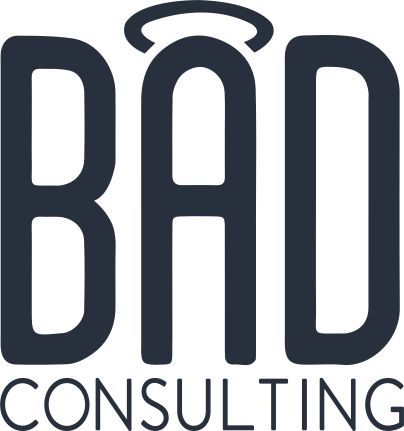Working with a new social media consultant means that you have a lot of work to do to help them be successful. This pre-work allows for you to have some input on what it means to be on-brand for your organization.
Why is that important? Your fans will get confused if you are all over the place in both look and voice. It’s more likely to turn them off than to keep them wanting more.
Not sure how to keep a social media consultant on-brand? Let’s talk about it.
Branding guide
The first thing I ask any new client is a copy of their branding guide. More often than not, I get a shrug because they have no idea what that is. One time I was directed to Canva. Another, I was told I didn’t need any branding guide because they didn’t want to stay on brand. The way that this makes me appreciate those few clients who just hand over a guide…
At some point, you probably went through a re-brand or just a regular branding process. As a part of that, the agency doing it should have given you a guide with all the dos and don’ts of your brand. That also should have information on the logos, fonts and colors for your brand. If a consultant is asking for your branding guide, that is what they are looking for specifically.
Don’t have that anymore? Then now is a good time to re-create it. It likely won’t be as thorough as the branding agency, but getting everything down not only helps the social media consultant stay on brand, but it helps everyone in the organization do so as well. When mistakes are made, you can just point to the specifics in the guide, instead of speaking in generalities that will likely be forgotten. It just keeps everyone accountable.
Buyer persona
I had been working with a client for months when they sent over a document. The document had their buyer personas that had been gathered together by the agency in charge of their brand, and it had been put together long before I started working with them. By then, I had put together my own buyer personas based on information I had gathered. The buyer personas didn’t match and now we had to clarify things so everyone stayed on the same page. It honestly would have been better if I had gotten the buyer personas in the first place. I would have compared them to the data up front rather than months down the line.
Buyer personas should be the beginning of most of your marketing. Keeping your audience in mind and creating something just for them will make your marketing much more successful. Either share what the work you have already done on this front or give access to all the data your social media consultant needs to create these. Once all of this work is done, you can work on the voice and tone your audience would respond to.
This is another case where having all of this written down will clarify what you are doing. You can then compare the content back to what you have written down. And you can point to specifics when things start to go off-brand.
Content buckets
One other tool I use that I think will help to keep your social media profession on brand is content buckets. I tie these to buyer personas as well. I look at the journey towards buyer for each persona and make sure there is content that will help them move forward through their journey.
With that information (and a few other techniques I use), I come up with a number of buckets that we need to fill with content. These are getting a bad rap in the social media world right now, because some social media consultants stick strictly to them. That’s frankly impossible to do and not the point of content buckets in the first place. When there are no upcoming events or breaking news, content buckets help you. They can keep content coming and engage the audience with the kind of content they want. It’s as simple as that.
After you have a buyer persona, have your social media consultant list out content areas they’ll concentrate on. This can be a bit of a check to make sure they’re going to be drawing from the kind of content that is friendly to your brand. They don’t necessarily need to stick to that, as priorities change as you are actually posting. But it’s a place to point to if you feel like they are too far from what works for your brand.
Content approvals
Once you have all the pre-social media work done, you have to check how your consultant is executing it. I have had a number of clients who aren’t all that interested in giving my content a quick look. It’s frustrating, because I am one person. And as a completely human person, I make mistakes sometimes. So an extra set of eyes is vital in getting those mistakes caught. That includes possible branding mistakes.
Once content is posted, your audience will see it immediately. Checking to make sure it’s okay then will mean that some of the audience will receive sub-optimal content. That’s obviously not ideal, especially when there is an easy fix for that. Taking a quick look at your content calendar from time to time makes life easier for everyone.
Hold your consultant accountable
I outlined above a process that is somewhat similar to what I do for my clients. Every social media consultant does it slightly different. But there should be some pre-work that gives you a chance to create the brand image with them. If they want to rush out the door without doing the pre-work, then you have a serious red flag. They likely don’t have the experience they need to actually get things done. Then you have to make the decision whether you want to put as much work as it might take to get them up to the level you need them to be or if you need to hire someone else.
How do you make sure your consultant stays on-brand?

